Civets – The Ancient Mammal Family (Viverridae)
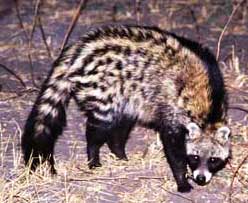
African Civet
The official name of this family is “Viverridae” but that is a bit of a mouthful so we are going to stick with “civets and relations” since the civets are the most numerous along with the genets in the Viverridae family. This is a complicated family of carnivore mammals. The family tree is so old (50 million years) that it causes a little bit of confusion about who is most closely related to whom.
Civets live in tropical and subtropical environments in Asia and Africa. They are similar in many ways to ancient carnivores and have long slender bodies and tails although many species look cat-like or even fox-like.
Mongooses and meerkats are closely related carnivores and live mostly in the southern and eastern parts of Africa. They used to be classed within this group but since there are some significant differences (they are smaller and diurnal) they are now generally given their own group.
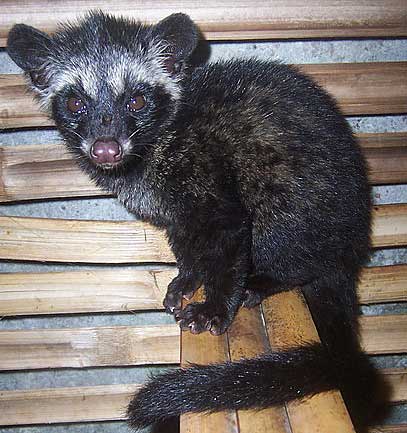
Baby Palm Civet
The fossa was also once considered a civet but now upon further research has its own family group called the Eupleridae. It is the largest civet or Eupleridae and predator on Madagascar, with a body length of about 2.5 ft (75 cm). It is a catlike creature, with powerful legs and a long tail, and is an agile tree climber. It preys on reptiles, birds, and mammals (that includes lemurs). The fossa may have evolved from an African ancestor 24 million years ago.
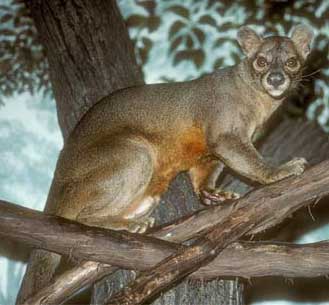
Fossa from Madagascar
Aside from the fossa other close family relations of the civets are the genets (which can breed with civets), binturong (Asian bearcat) and linsangs. There are 35 species altogether in the civet family (Viverridae) with widely varying appearance.
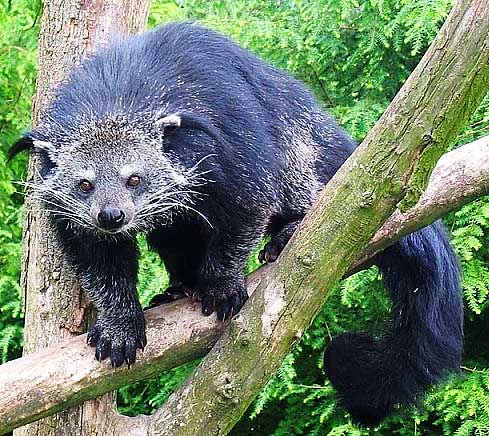
Asian Bearcat or Binturong from Malaysia
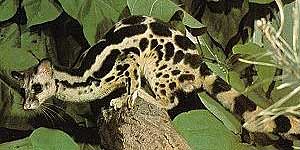
Linsang
Civets are creatures of the night and of the trees. They are more suited to climbing than they are pursuing prey. They eat some fruit along with live prey. They are not so large, only weighing 2.65 to 40 lbs (1.2 to 18 kg)
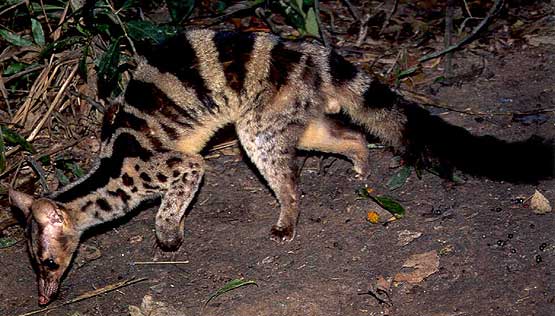
Banded Civet
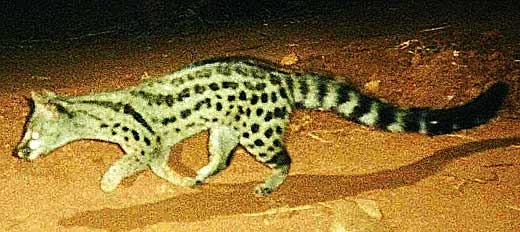
Cape or Spotted Genet
